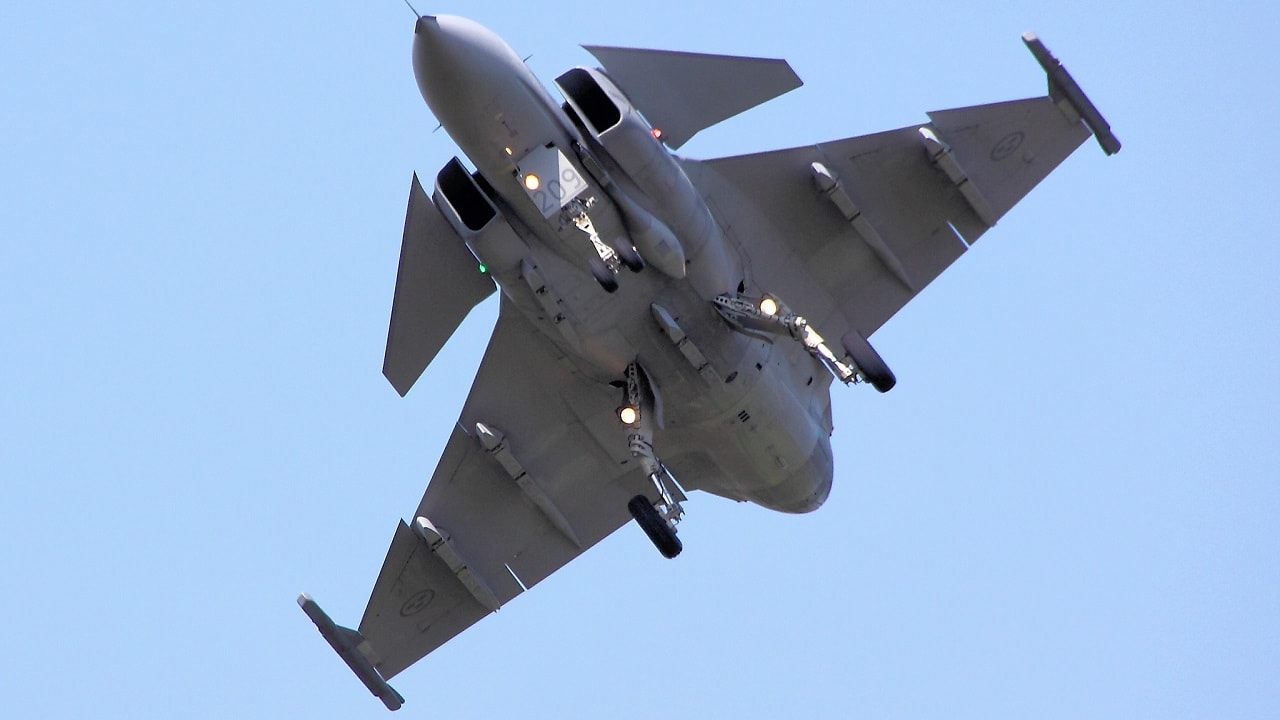British Think Tank Suggests Sweden Donate the JAS-39 Gripen Fighter Jet to Ukraine: British defense think tank the Royal United Services Institute said in a report published on last month that Sweden’s Saab JAS 39 Gripen C/D fighter jet is the “most suitable candidate” out of the West’s combat jets to be sent to Ukraine.
The report describes how the jets could best meet Ukraine’s operational needs, allowing Ukraine to improve its short-to-medium-term planning and minimizing the risk of sustaining yet more Russian missile bombardments.
According to the authors of the report, the Saab JAS 39 Gripen jets, along with new SAM launchers, self-propelled anti-aircraft guns, and missile ammunition, are critically needed in Ukraine.
Recent news about the canceled transfer of Polish jets to Ukraine could, however, suggest that the recommendations won’t be considered by NATO allies.
JAS 39: Why It Might Not Happen
While western countries have been liberal in their support of Ukraine, providing billions of dollars in aid and large numbers of advanced missile systems, the shipment of aircraft to Ukraine has been limited.
In March, the United States stood in the way of a plan for Poland to transfer MiG-29 fighter jets to Ukraine in exchange for more advanced aircraft from the United States.
Initially, the United States was in favor of the deal, but in a sudden U-turn, the Pentagon announced that the proposal from Poland was “not tenable.”
The announcement caused some controversy at the time, and anger in Ukraine after the Ukrainian president specifically requested support in the way of the transfer or aircraft.
Still, recent reports revealed that the decision may have been made in coordination with China over fears of nuclear escalation.
In a report published by the Spectator, Owen Matthews describes how the decision from the United States to cancel the transfer of aircraft was partly influenced by China.
“As I report for the first time in my new book Overreach, it was a back-channel intervention approved by Beijing that caused the US to scupper a deal for the Poles to provide Soviet-made MiG-29 jets to the Ukrainian Air Force back in March,” Matthews writes. “And since September a flurry of personal diplomacy by Chinese foreign minister Wang Yi with Nato and the US has led to a rare moment of public agreement over Russia, when Xi Jinping said that the world ‘needs to prevent a nuclear crisis on the Eurasian continent’ in a meeting with Joe Biden at the G20 summit in Bali.”
While the United States may have limited power in stopping Sweden from directly sending aircraft to Ukraine, the news that China intervened to stop the transfer over fears of nuclear escalation could suggest the same is about to happen – especially considering that Sweden needs the United States’ support in its bid to officially become a member of NATO.
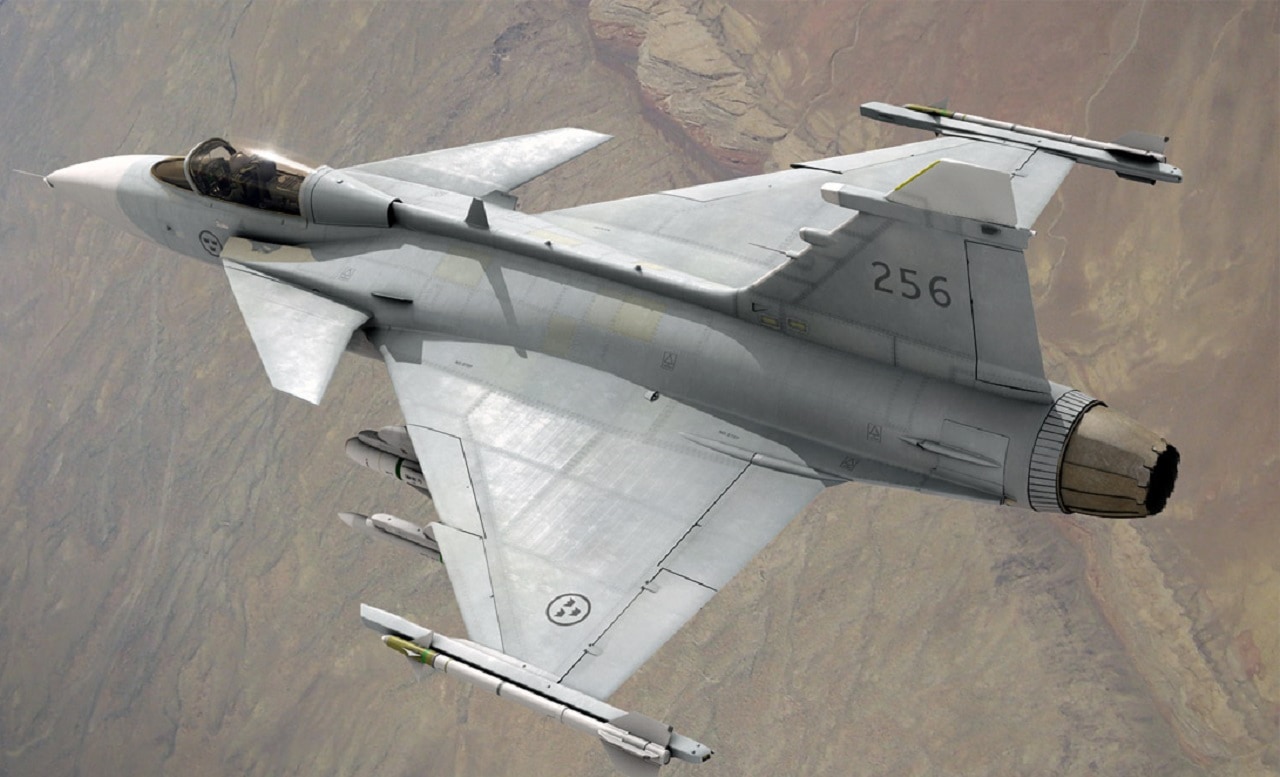
JAS 39. Image Credit: Creative Commons.
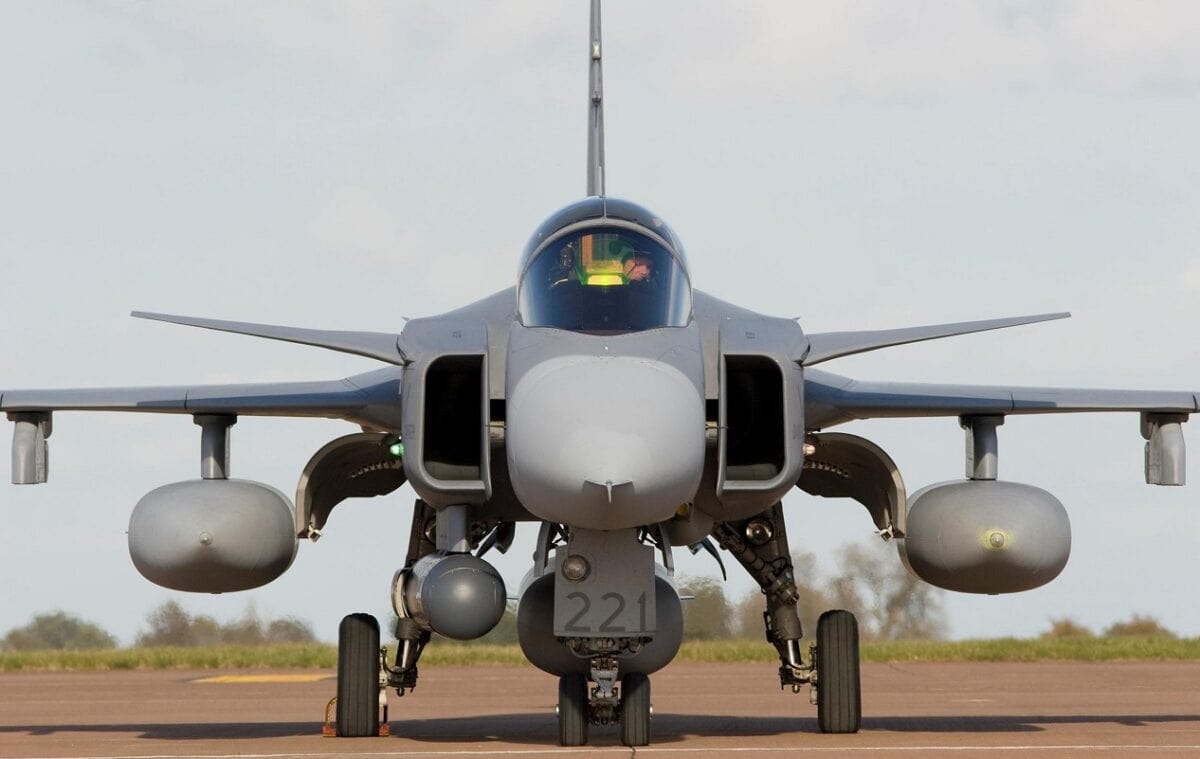
JAS-39
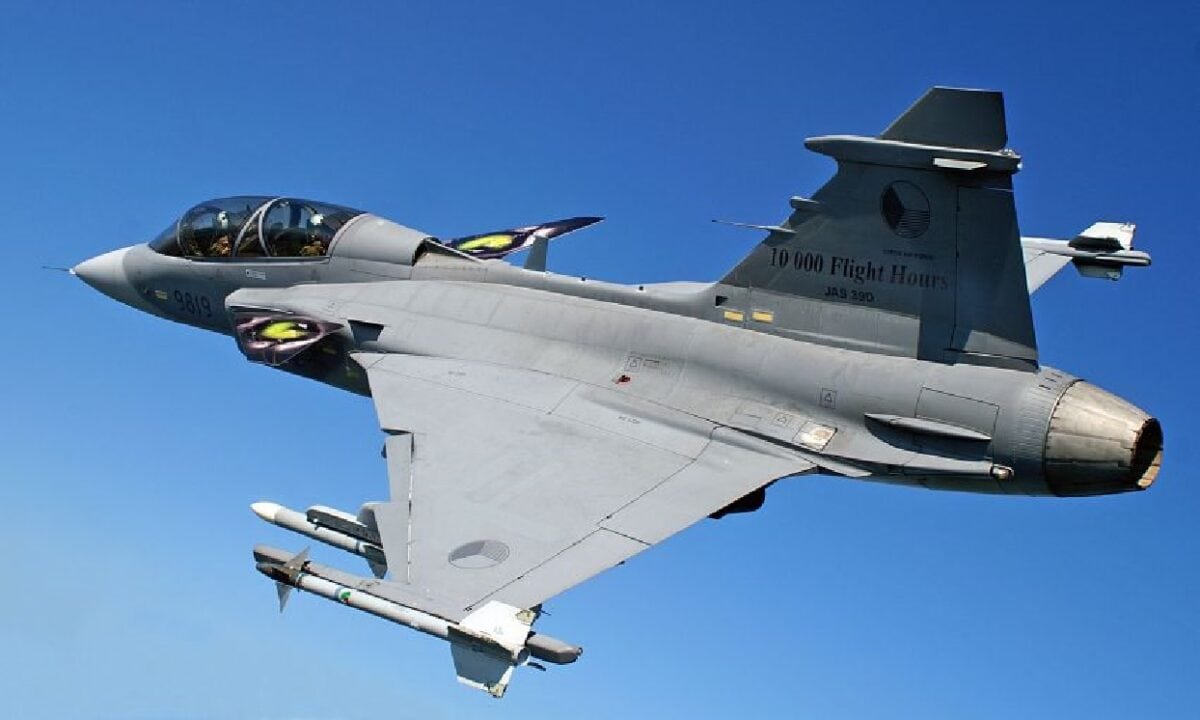
Sweden’s JAS 39 Fighter. Image: Creative Commons.
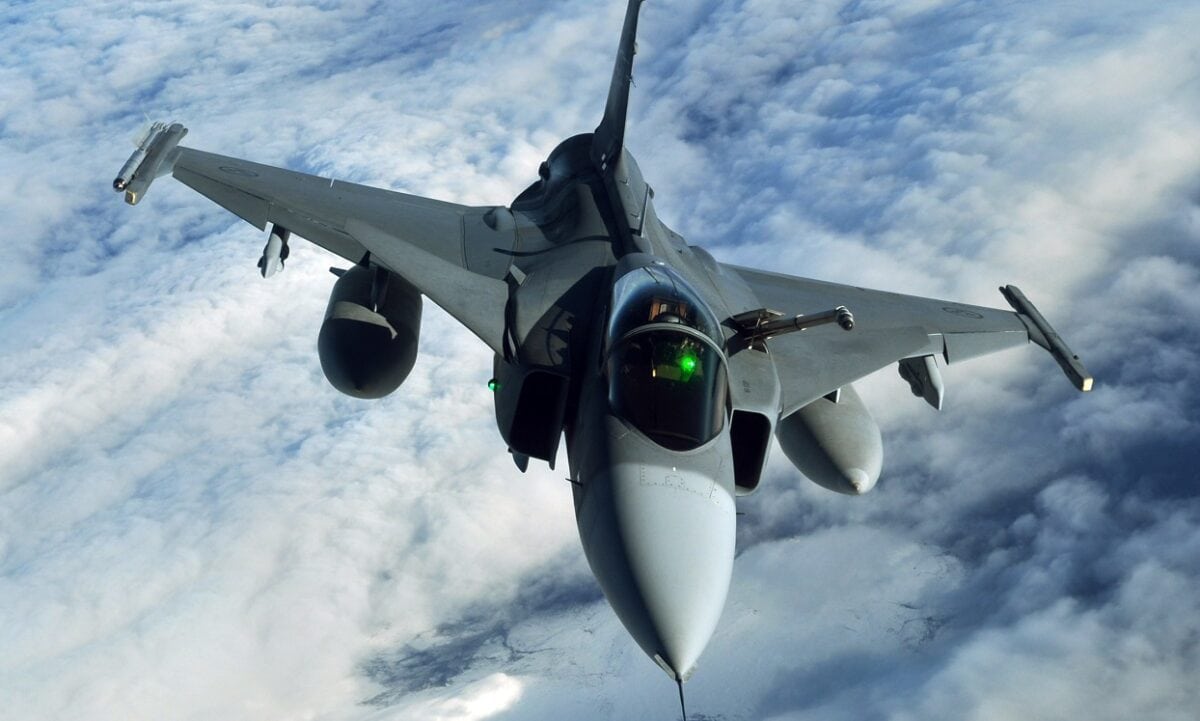
A Swedish JAS-39 Gripen returns to the play areas of the Arctic Challenge exercise Sept. 24, 2013, over Norway, after taking on fuel from a U.S. Air Force KC-135R Stratotanker. The JAS-39, in coordination with aircraft from other nations, formed a Blue assault force, which had to bypass or neutralize an opposing Red force attempting to stop them from an overall objective outlined in the day’s scenario. (U.S. Air Force photo by 1st Lt. Christopher Mesnard/Released)
Jack Buckby is 19FortyFive’s Breaking News Editor.

